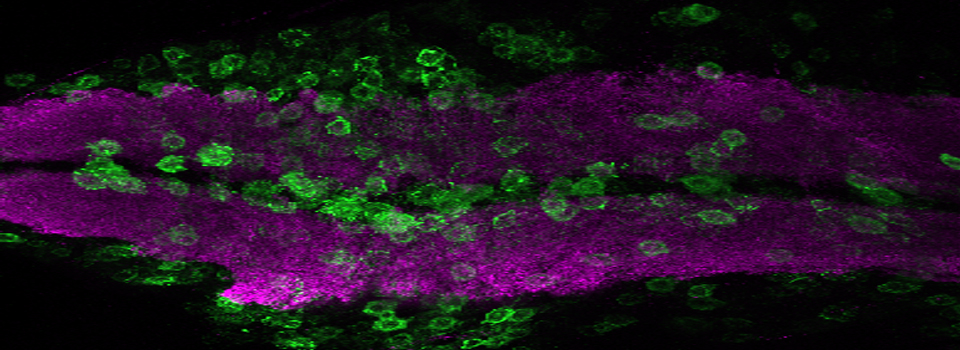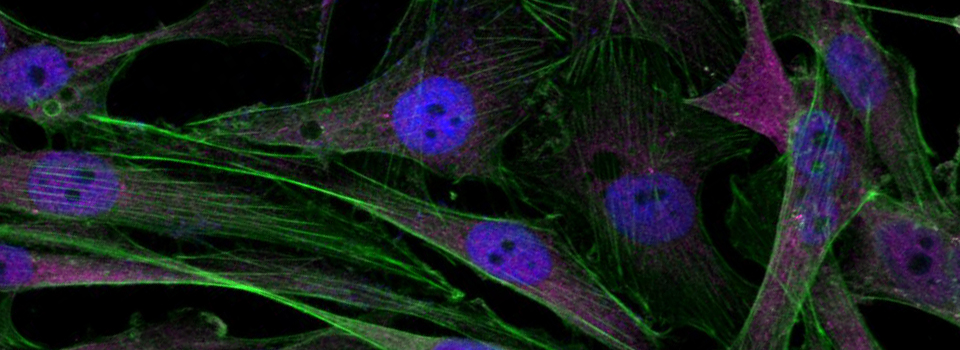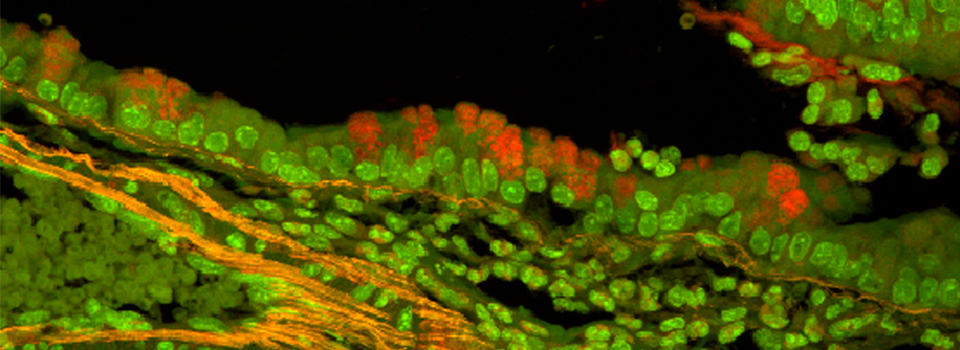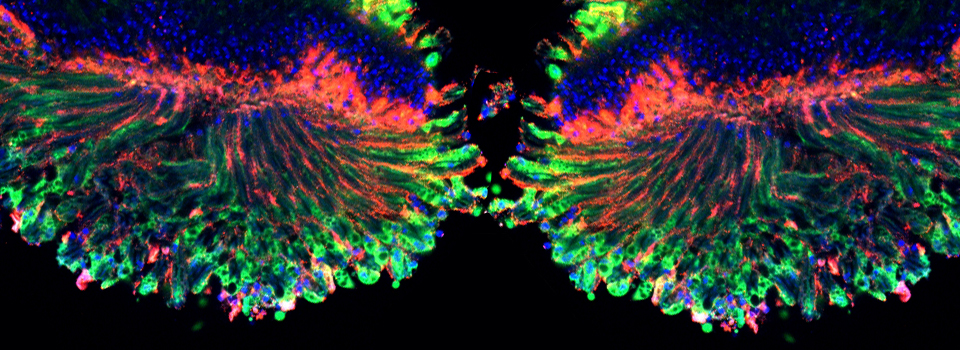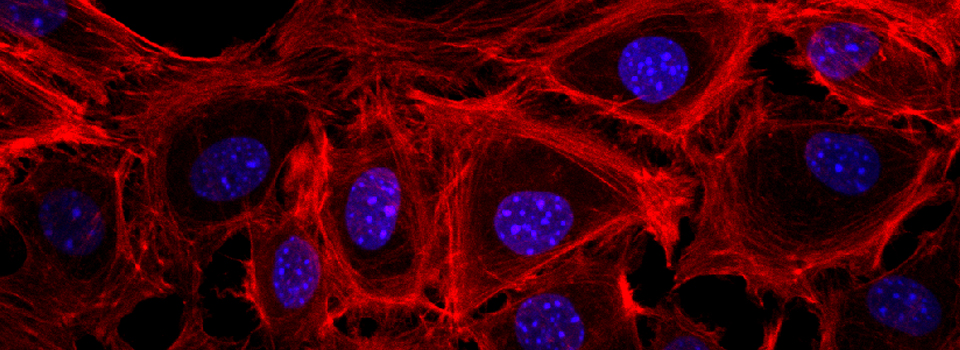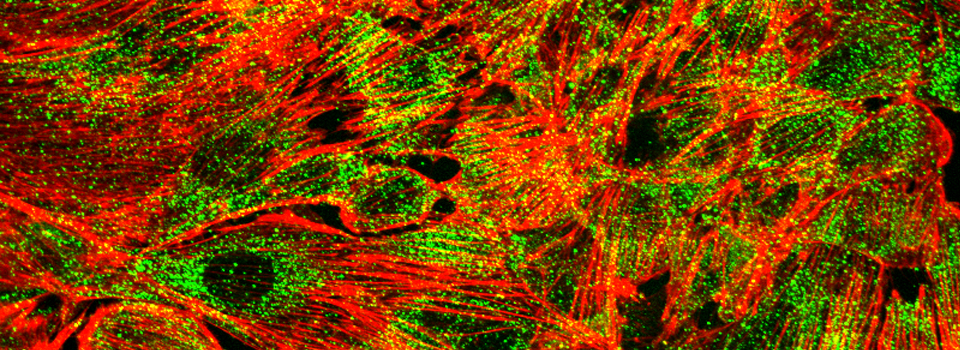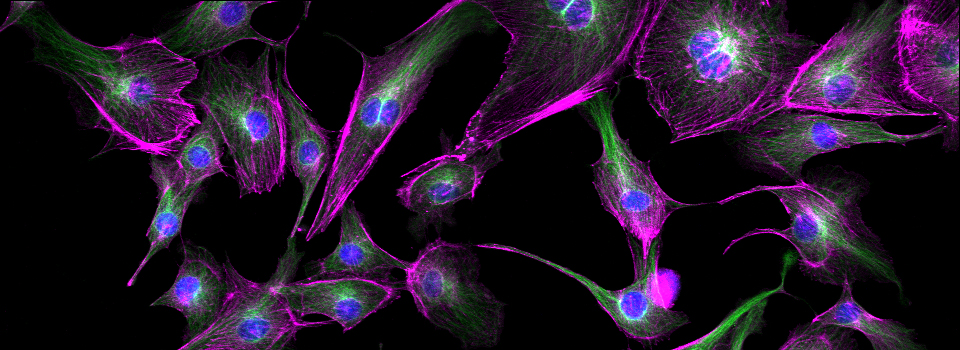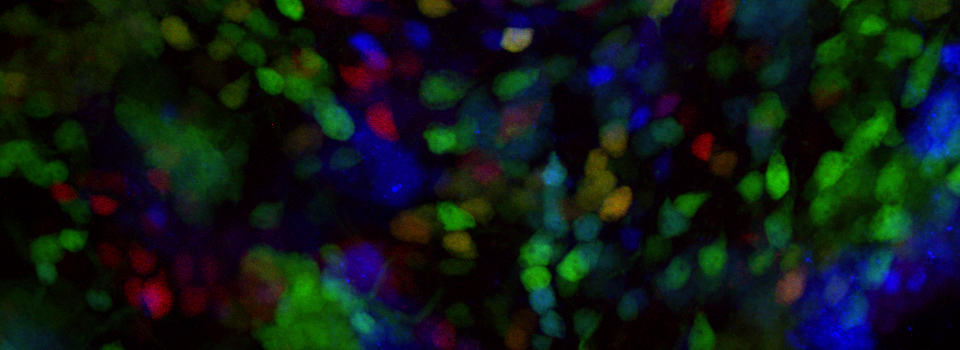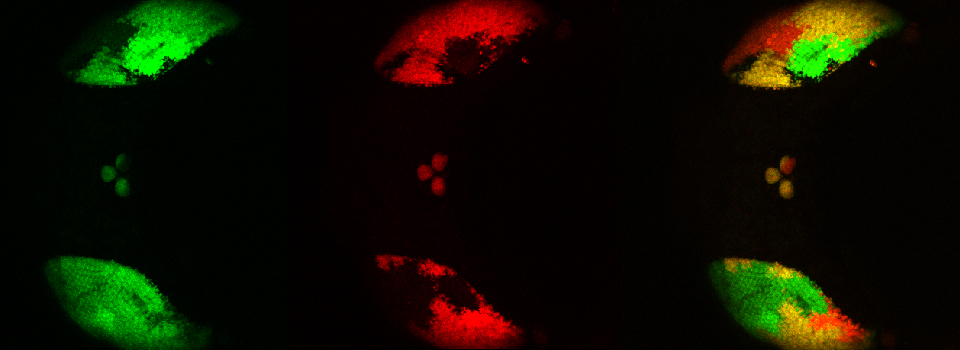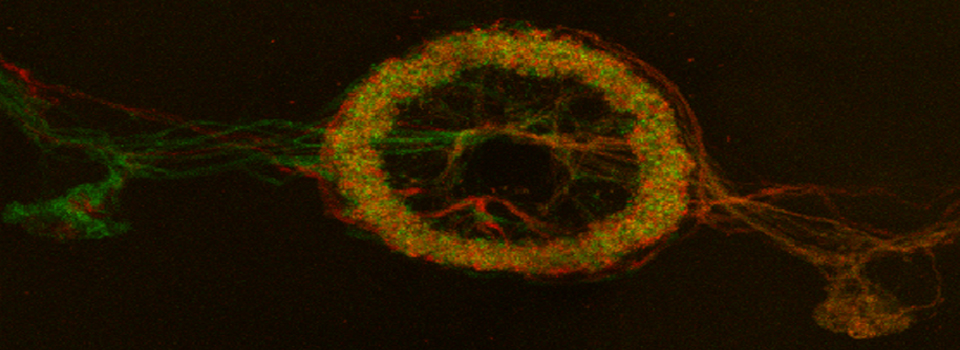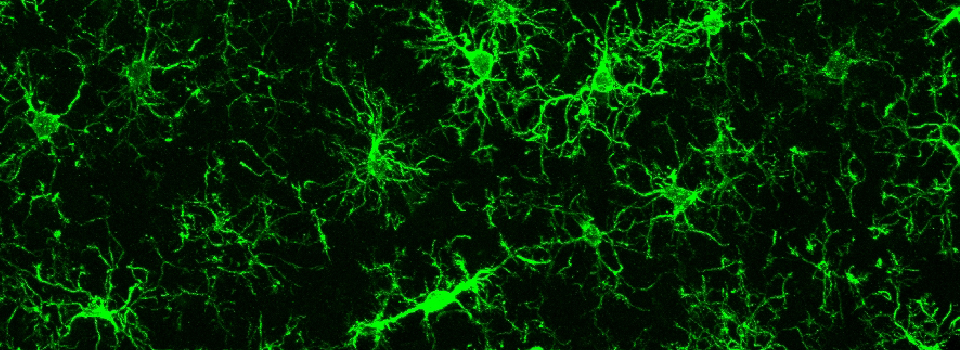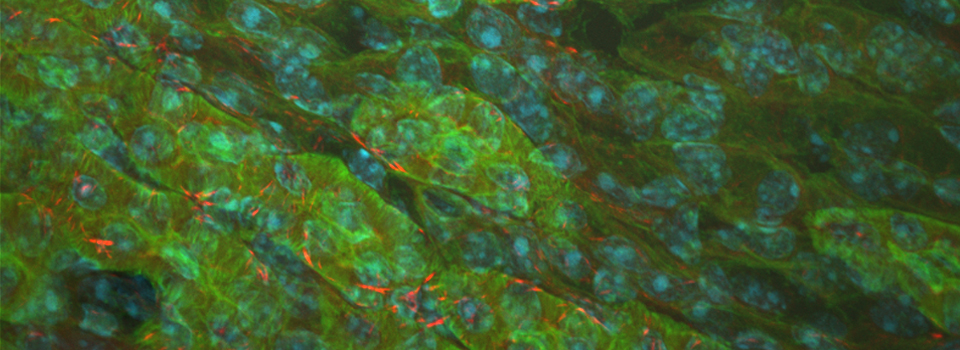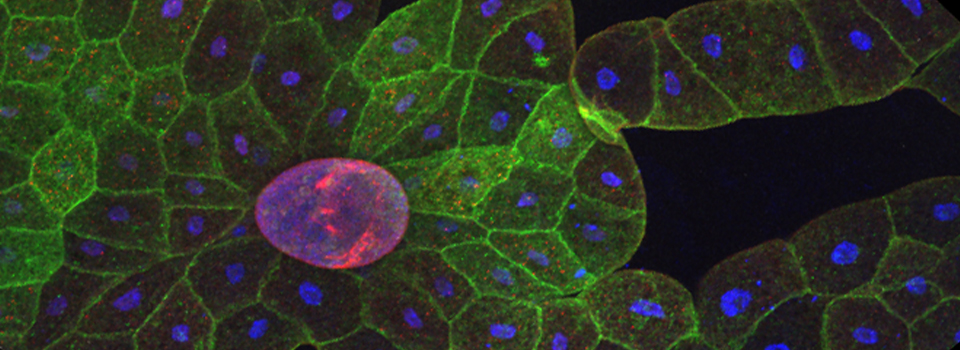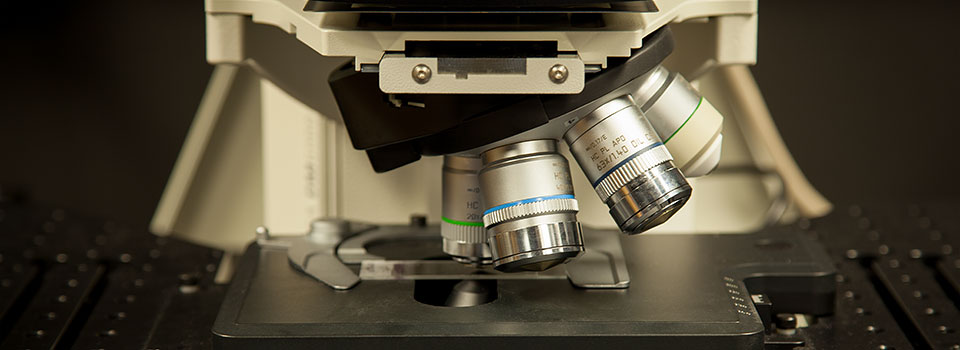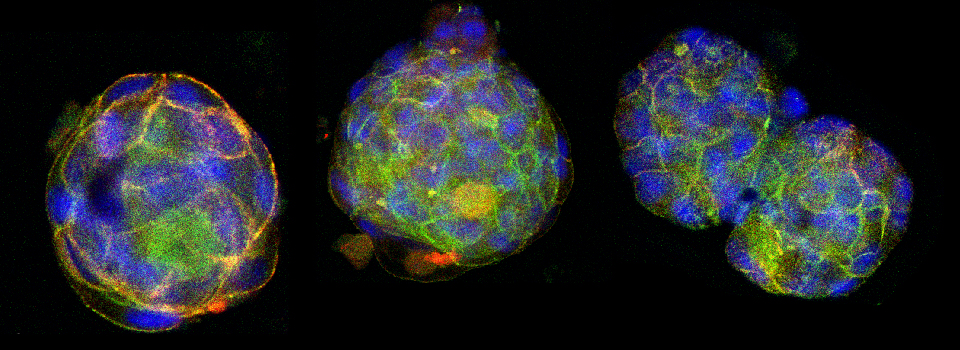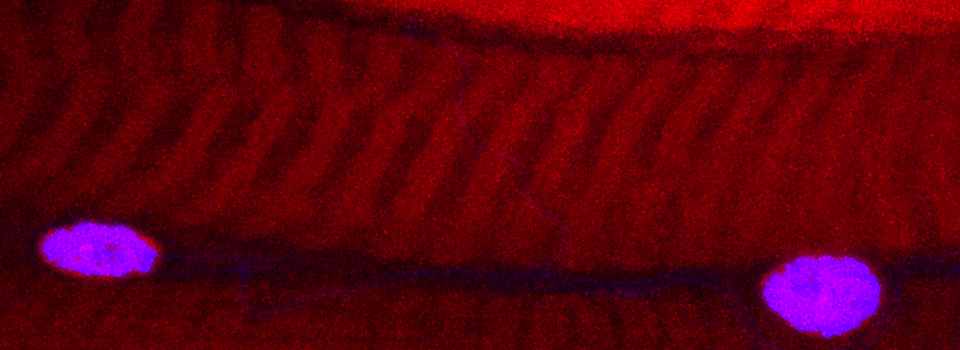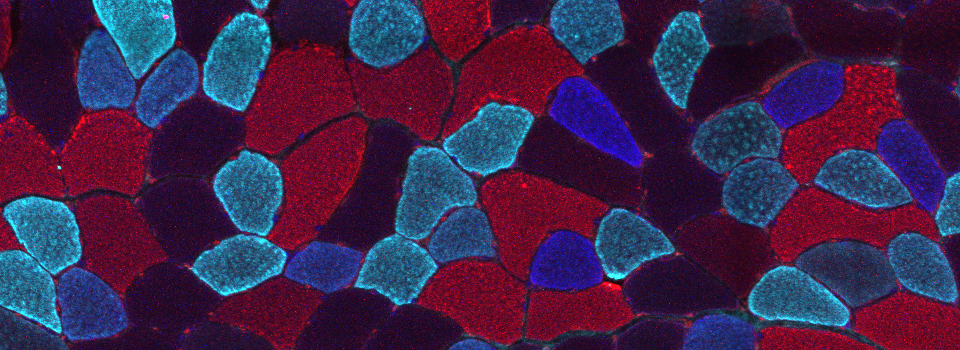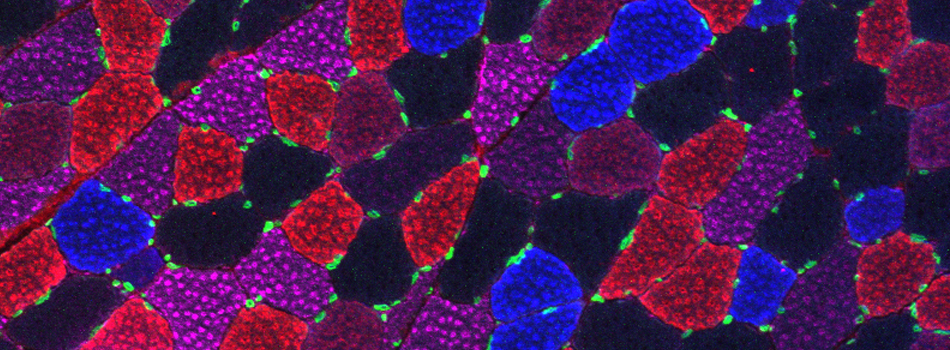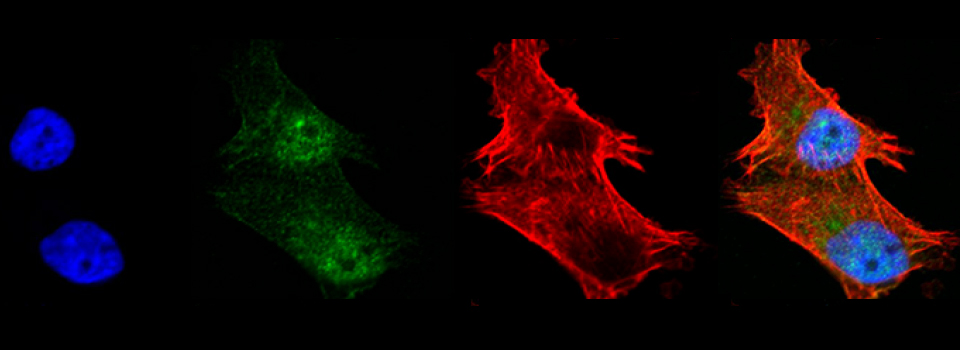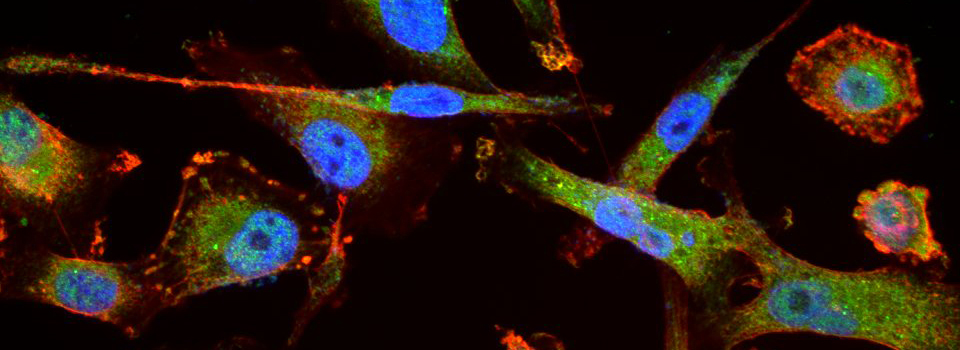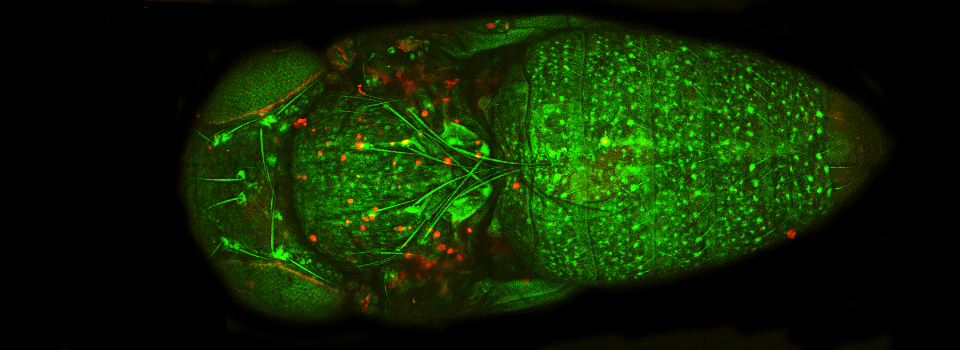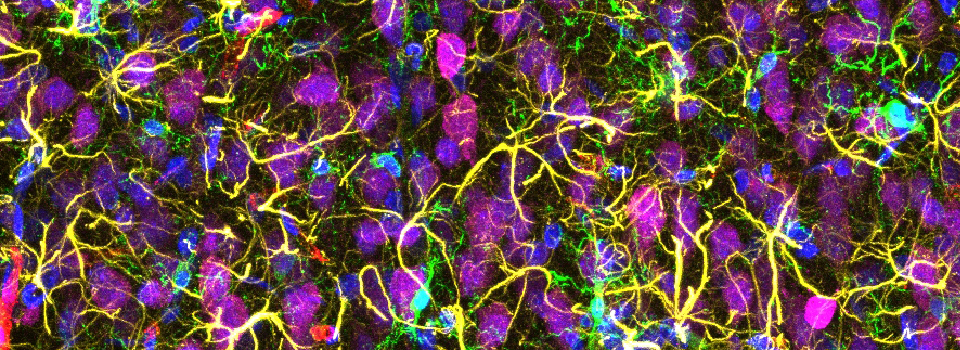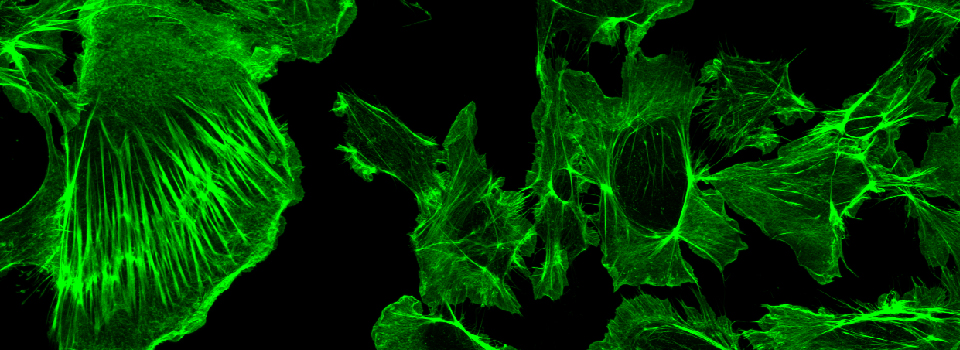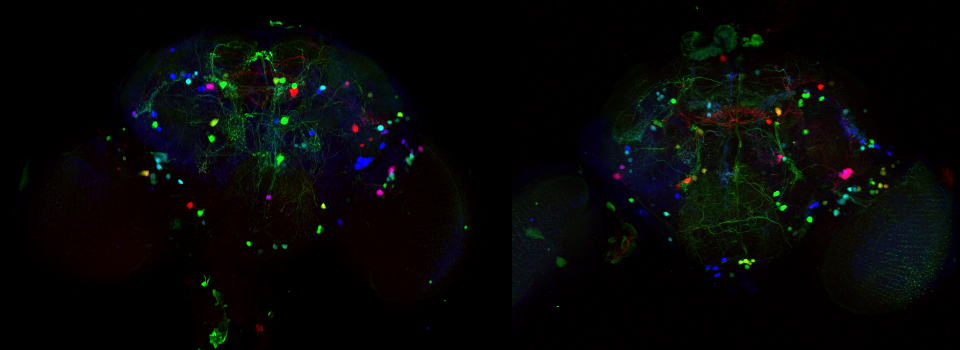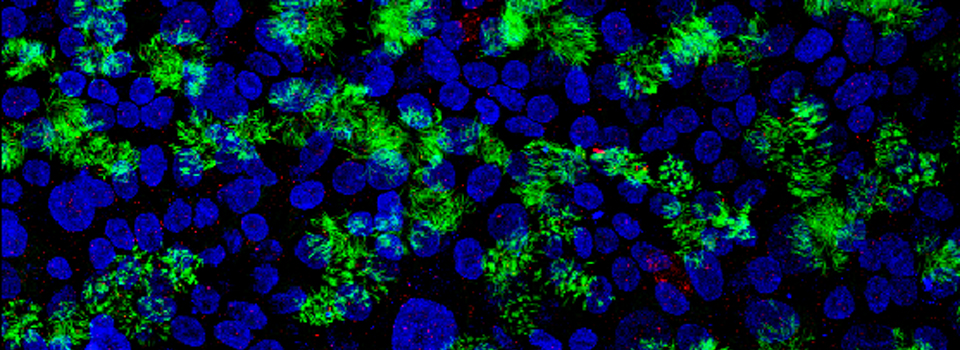Data from the Demo of the Nikon N-SIM-S super-resolution system
We have recently submitted an NSF MRI grant to purchase the new Nikon N-SIM-S super-resolution microscope. Here’s a link to Nikon’s web page:
N-SIM-S-Super-Resolution Microscope
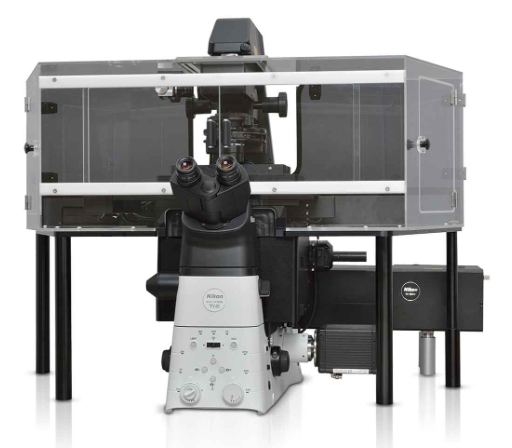
Here are some key features of the requested instrument:
3 imaging Modes:
- 2D SIM (lateral resolution of 115 nm),
- 3D SIM (axial resolution of 269 nm, with a standard imaging depth of 20 um, with a potential of 50 um with clearing and certain objectives)
- TIRF-SIM (lateral resolution of 86 nm)
Increased Speed The new liquid crystal shuttering system increases the maximum acquisition speed from 1 fps to 15 fps in 2D SIM and 10 fps in 3-D SIM. It also allows 2 channel TIRF-SIM with the 488 and 561 laser lines.
Dual Camera System This will allow simultaneous imaging in two channels, with no loss in acquisition speed.
4 laser lines: 405nm, 488 nm. 561 nm, 647 nm
Tokai Hit Stage Top Incubation System
User can control temperature, CO2, and humidity to maintain cells in culture,
tissue explants, and small organisms for long term time lapse experiments.
This incubator can accommodate 35 mm dishes and chamber slides.
Comparing resolution, confocal vs SIM
We tested specimens on the Nikon A1R HD confocal microscope and the N-SIM E. The images below are of an eye imaginal disc from a 3rd instar Drosophila larva which expresses a white-GFP construct. The disc is co-labled with DAPI, and an anti-GFP antibody to boost the signal. White is a transmembrane protein that forms heterodimers with other proteins such as Brown and Scarlet.

The GFP signal in the confocal image appears to be distributed fairly uniformly throughout the cytoplasm of the imaginal disc cells. The improved resolution provided by the SIM microscope reveals a punctate pattern of White expression.
The second set of pictures are cells from a human kidney-2-cell line labeled with an anti-succinate dehydrogenase antibody (stains mitochondria). The SIM image shows clearly separate mitochondria, while they appear as contiguous chains in the confocal image.
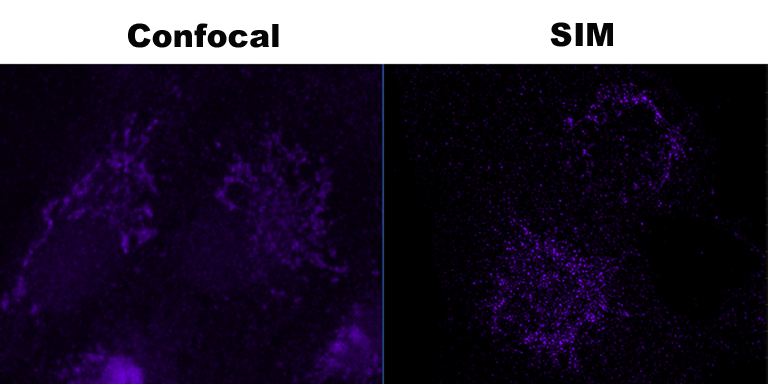
(Specimen provided by Dr. Tahir Hussain).
(Thank you to the UTHSC Imaging Core, Kalli Landua, and Clay Williams for their help in running these tests.)
